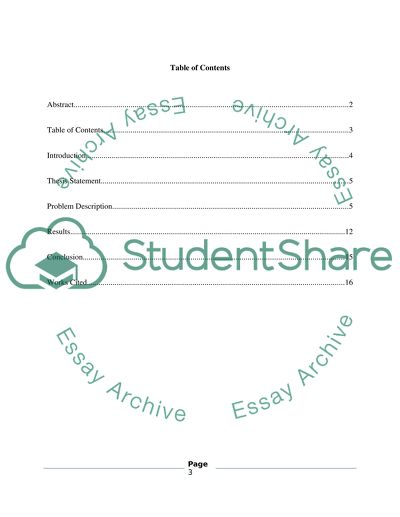Cite this document
(“3G Vs 4G Wireless Technology Term Paper Example | Topics and Well Written Essays - 2750 words”, n.d.)
Retrieved from https://studentshare.org/information-technology/1401713-3g-vs-4g-wireless-technology
Retrieved from https://studentshare.org/information-technology/1401713-3g-vs-4g-wireless-technology
(3G Vs 4G Wireless Technology Term Paper Example | Topics and Well Written Essays - 2750 Words)
https://studentshare.org/information-technology/1401713-3g-vs-4g-wireless-technology.
https://studentshare.org/information-technology/1401713-3g-vs-4g-wireless-technology.
“3G Vs 4G Wireless Technology Term Paper Example | Topics and Well Written Essays - 2750 Words”, n.d. https://studentshare.org/information-technology/1401713-3g-vs-4g-wireless-technology.


